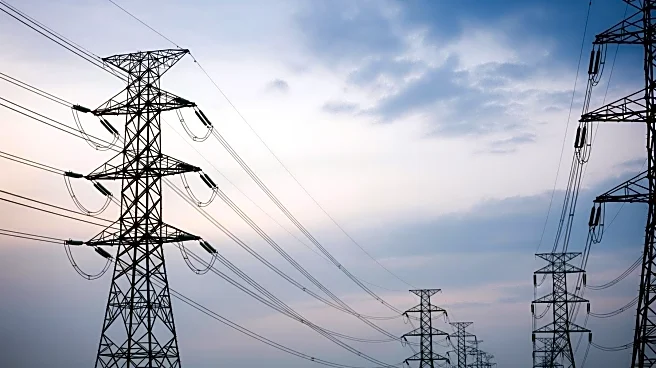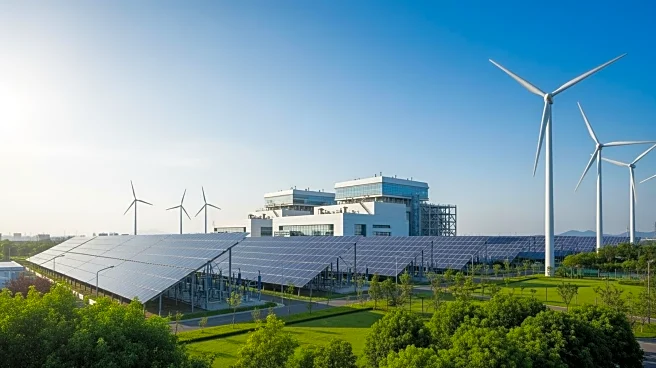What's Happening?
A recent study conducted by researchers at Lawrence Berkeley National Laboratory and the consulting group Brattle has challenged the common perception that data centers are the primary drivers of rising electricity prices in the United States. The study found
that while data centers do increase electricity demand, they are not the main reason for the price hikes. Instead, the rising costs of poles, wires, and other electrical infrastructure, as well as the expenses associated with safeguarding these systems against natural disasters, are the primary contributors to increased electricity rates. The study highlights that states experiencing a surge in electricity demand, such as North Dakota and Virginia, have actually seen a decrease in electricity prices due to the ability to spread fixed infrastructure costs over a larger number of megawatt-hours sold.
Why It's Important?
The findings of this study have significant implications for public policy and the energy sector. By identifying the true drivers of electricity price increases, policymakers can better address the root causes and potentially alleviate the financial burden on consumers. The study suggests that the focus should be on modernizing and maintaining the electrical grid infrastructure rather than solely targeting data centers. Additionally, the research indicates that renewable energy policies, such as renewable-portfolio standards, can also impact electricity prices, which may influence future legislative decisions regarding clean energy initiatives. Understanding these dynamics is crucial for balancing the need for sustainable energy solutions with the economic realities faced by consumers.
What's Next?
As the study's findings become more widely known, it is likely that there will be increased scrutiny on how utilities manage and invest in infrastructure. Policymakers may consider revising regulations and incentives to encourage more efficient and cost-effective grid management. Additionally, there may be a push for more comprehensive planning to accommodate the growing demand from data centers and other large electricity consumers without disproportionately impacting residential customers. The study also raises questions about the long-term sustainability of current renewable energy policies and their impact on electricity prices, which could lead to further research and policy adjustments.
Beyond the Headlines
The study's revelations about the complex factors influencing electricity prices underscore the need for a nuanced approach to energy policy. It highlights the importance of considering both economic and environmental factors when developing strategies to modernize the electrical grid. The findings also suggest that while renewable energy sources are crucial for reducing carbon emissions, their integration into the grid must be managed carefully to avoid unintended economic consequences. This research could prompt a broader discussion about the future of energy infrastructure in the U.S. and the role of technology in shaping sustainable and affordable energy solutions.













